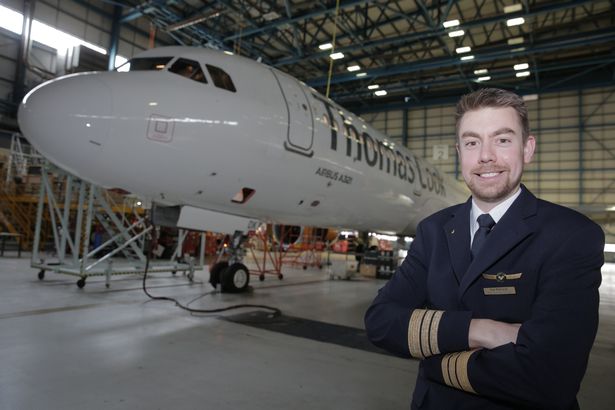Commonly Asked Questions About Airline Pilots
Most people have been on a plane at one point in their life. Some of us fly regularly and may start to wonder what’s going on when we’re watching the most recent films in the comfort of our chair. The pilots, in particular, are hidden at the front of the aircraft running the whole show, but what are they doing? Here are some of the more commonly asked questions from frequent flyers.


What’s the loud sound that comes from underneath a plane when it’s taking off?
Any loud noises coming from a plane on take-off can be slightly disconcerting, especially for more nervous passengers. This is perfectly normal, though, and is the Power Transfer Unit (PTU) which is located under the aircraft. This activates when the plane pressure drops and the PTU kicks in to start the second engine to give the plane some extra power on take-off.
Why does it feel like the engines are stopping after taking off?
Again, this can be a worry if you’re taking particular notice of what’s going on when the plane is taking off. It can sometimes feel like the engines are shutting off not long before its initial climb. But then again, this is totally normal. The reason for this is that the aircraft needs the most power from its engines to get off the ground. This is the basic principle of flight taught in aviation schools and is known as ‘maximum thrust’. Once it has hit a certain speed, the power can be reduced, and the plane will still increase its speed without the resistance of the tarmac and no initial forward momentum. In addition, it’s better for the longevity of the engines to not be at full throttle all the time, so reducing the thrust when possible will ensure they are maintained for as long as possible.
There may also be noise restrictions in certain areas, meaning that a pilot must get to maximum speed before backing off when these areas are entered. To find out more, you can check out https://www.flyaeroguard.com/locations/austin-flight-school/ for more information.
Why do planes feel like they are coming into land, and then start accelerating back up again?
This is most common when something has interrupted the descent, and the pilot needs to adjust its positioning or landing approach. This can be worrying for passengers that don’t know what’s going on, but it’s perfectly standard procedure and nothing to worry about. It’s most likely the safest option in that particular case, and there’s something making the first attempted landing not optimal. The most common reasons for this is that there’s a lot of traffic, and the air traffic controller has told the pilot that there’s another aircraft coming in at the same time. The pilot must then pull up and wait for its turn to land safely. Other reasons may include the weather. For example, there’s fog down the runway that’s reducing visibility. In this case, it may be safer to wait for the fog to reduce or to select another landing strip.